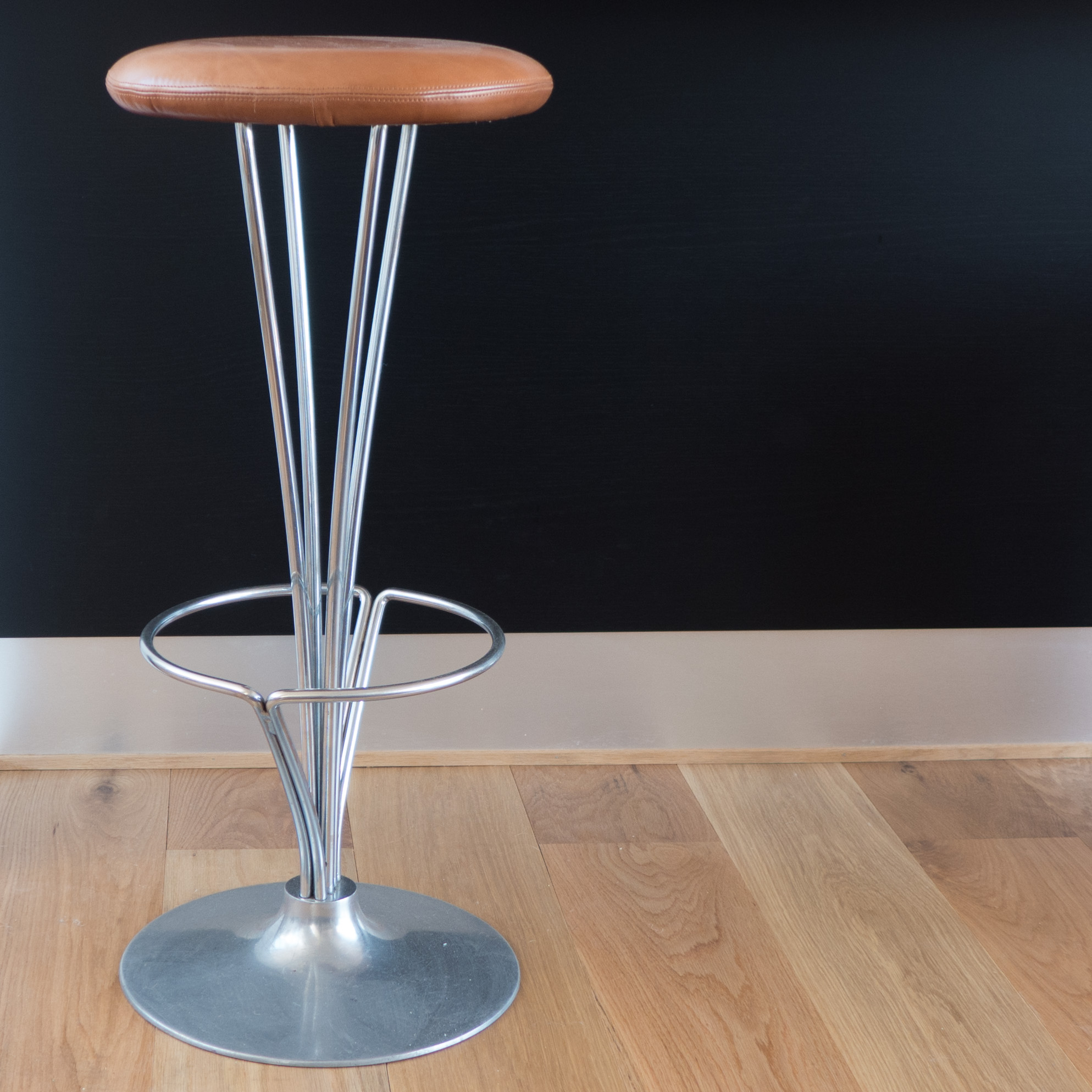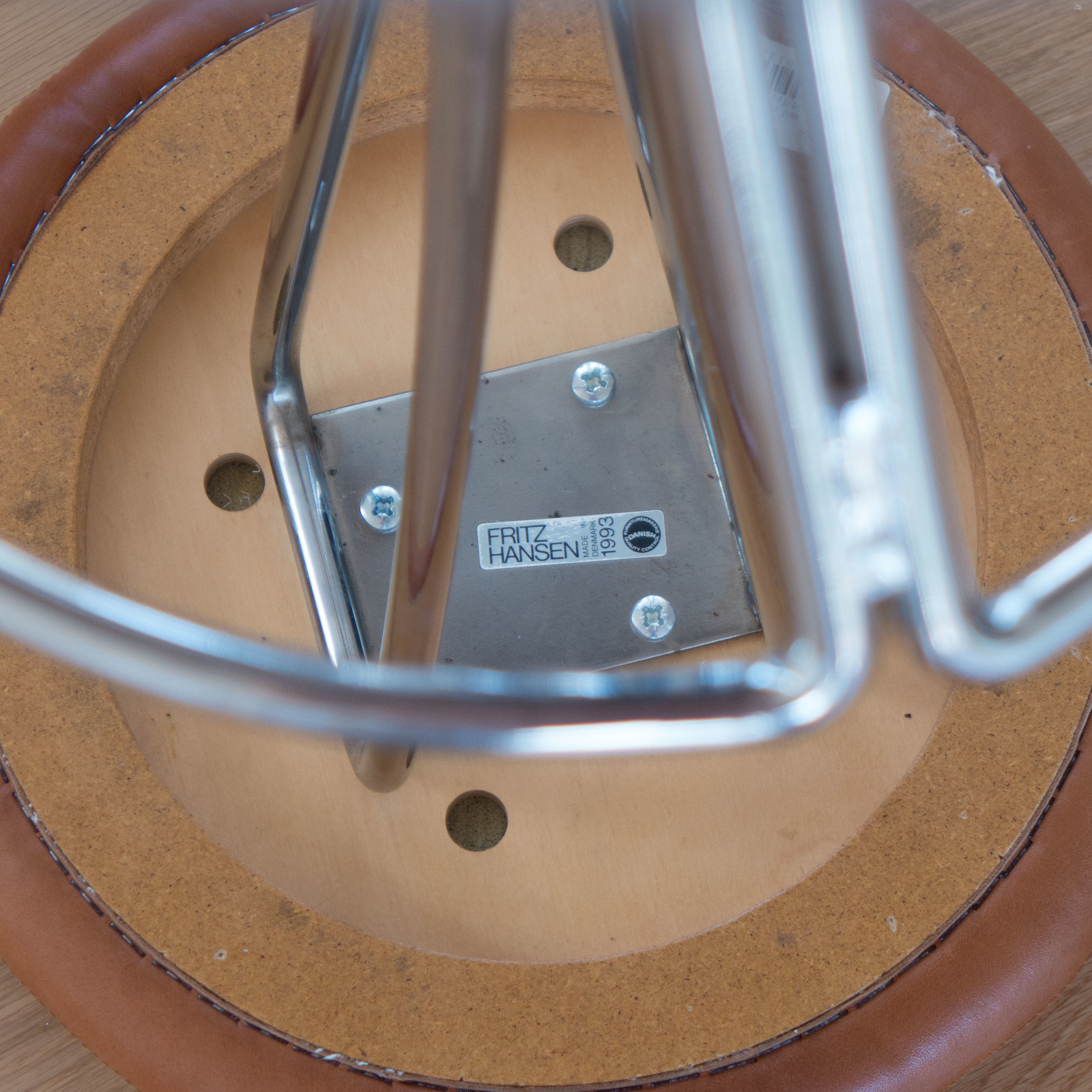design classic: stool by Piet Hein
/



Piet Hein (1905-1996) was a scientist, a mathematician, an inventor, a designer and a poet. He studied philosophy in Copenhagen and then, after a time as a student at the Royal Swedish Academy of Fine Arts in Stockholm, he returned to Copenhagen to study theoretical physics at the Technological University.
He joined the resistance during the war and wrote poetry and started to write for Politiken shortly after the Nazi occupation under the pseudonym Kumbel or Kumbel Kumbell … the name Piet or Peter or Petrus means stone and a hein or hen is also a stone but specifically a tombstone - or also in Danish a kumbel or kumbl.
Hein’s father was an engineer and there are strong influences from both engineering and mathematics in Hein’s designs for furniture and lighting.
The bar stool is 780mm high and with a maximum diameter of 360mm. On the underside of the seat is a square plate to which the verticals of the support are fixed with the the verticals tapering inwards to slot into a metal bottom plate with a foot rest formed from two further pieces of bent metal rod. It is a substantial and heavy piece.
The stool was designed in 1968 for Fritz Hansen who still produces the famous and popular Super-elliptical table, designed in the same year by Hein in collaboration with Arne Jacobsen, and there is a close relationship between the support of the stool and the leg units of the table. The shape of the top of the table is constructed from a formula determined by the French mathematician Gabriel Lamé. Piet Hein had used the shape first for a traffic island in Stockholm but also designed plates, following the same shape, and bowls based on the super egg - the shape produced by spinning a super ellipse around its axis.
As can be seen from the label on the underside of the seat, this stool was produced by Fritz Hansen in 1993 to mark the twenty-fifth anniversary of the design.































